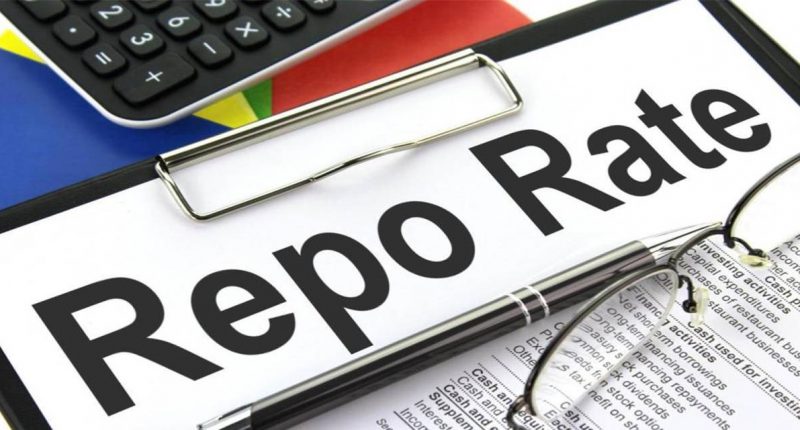On Wednesday, the Reserve Bank of India increased the repo rate by 50 basis points, i.e. to 4.9%, to control inflation. After the hike in the repo rate, non-banking financial companies (NBFCs) and banks are increasing their loan rates.
Some rate hikes are connected to the repo rates; others are connected to the lenders’ internal cost of funds. Before the repo rate hike announcement, a few banks increased their marginal cost of funds-based rate (MCLR).
On Thursday, ICICI bank increased its external benchmark lending rate by 50 basis points to 8.6%. ICICI Bank had hiked its MCLR, effective 1 June. On Thursday, HDFC hiked its retail prime lending rate (RPLR) pertaining to housing loans, to which its adjustable-rate home loans (ARHL) are benchmarked, by 50 basis points, effective 10 June. Recently, HDFC Bank hiked its MCLR on loans for all tenures by 35 basis points, effective 7 June. Earlier, it had hiked the MCLR by 25 basis points. Punjab National Bank (PNB) also increased the RLLR to 7.4%, effective 9 June. Bank of Baroda hiked its repo linked lending rate (RLLR) to 7.4%.
RBL Bank has hiked its repo-linked lending rate by 50 basis points to 10%, effective 8 June. Bank of India increased the RLLR to 7.75%. Federal Bank has also considered increasing the repo rate and has hiked the interest rates accordingly.
The increase in the RLLR will increase equated monthly instalments (EMIs) on the vehicle, home, and other personal/corporate loans. The EMI increase, in addition to possible upcoming rate hikes and anticipated inflation (including food inflation), could visibly hamper a borrower’s cash flows.
The repo rate hike will have a significant impact on students as well. For a 10-year loan worth Rs 30 lakh, the monthly EMI will raise anywhere between Rs. 750 and Rs. 900, i.e. from Rs. 2.5 to Rs. 3 per lakh of the loan amount.
Other banks are also set to hike their RLLR in the upcoming days. Industry experts anticipate that there will be another repo rate hike in the August monetary policy review.
For any clarifications/feedback on the topic, please contact the writer at bhavana.pn@clear.in
Bhavana is a Senior Content Writer handling the GST vertical. She is committed, professional, and has a flair for writing. When away from work, she enjoys watching movies and playing with her son. One thing she can’t resist is SHOPPING! Her favourite quote is: “Luck is what happens when preparation meets opportunity”.





